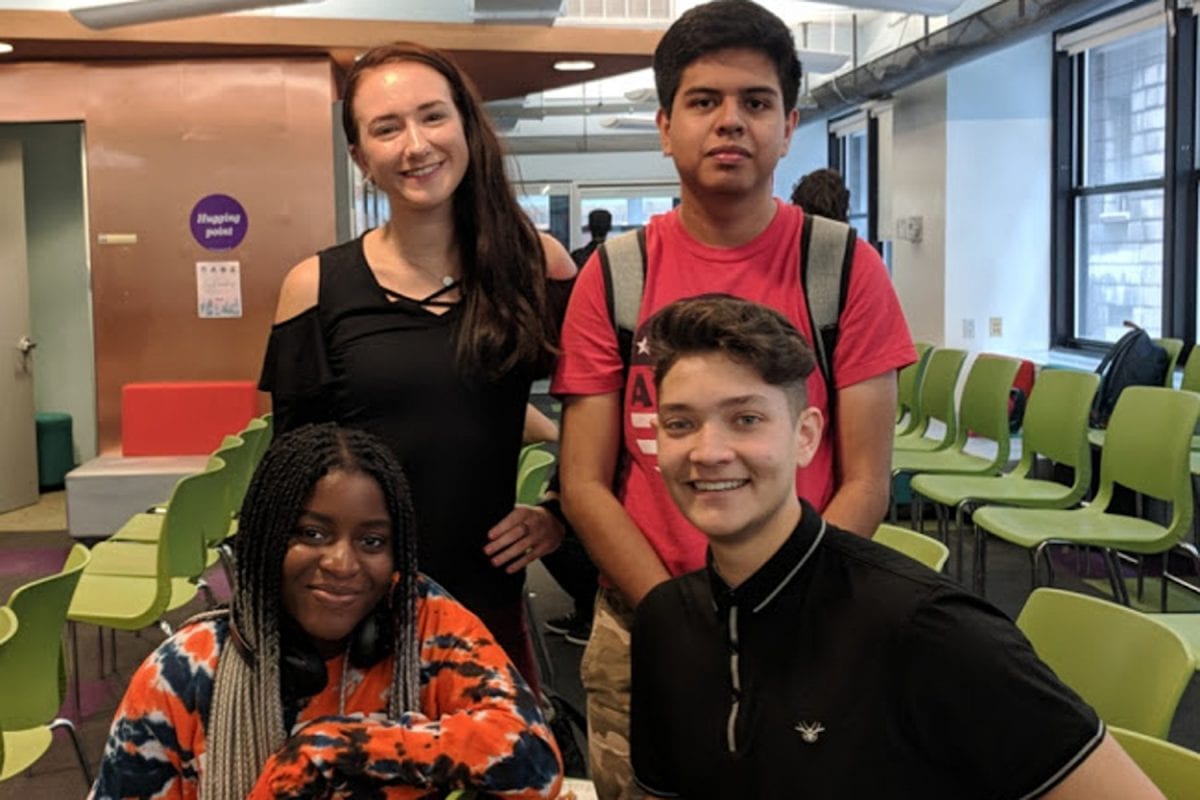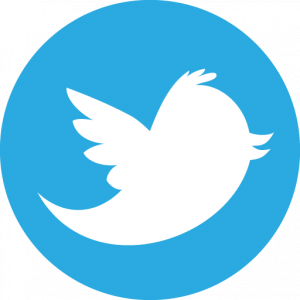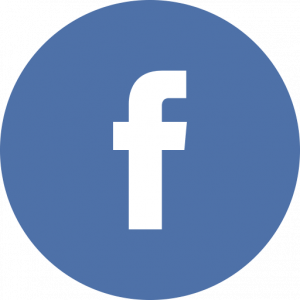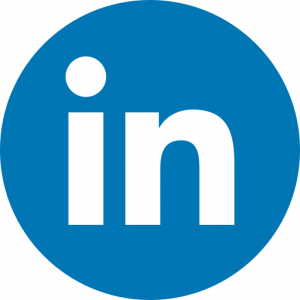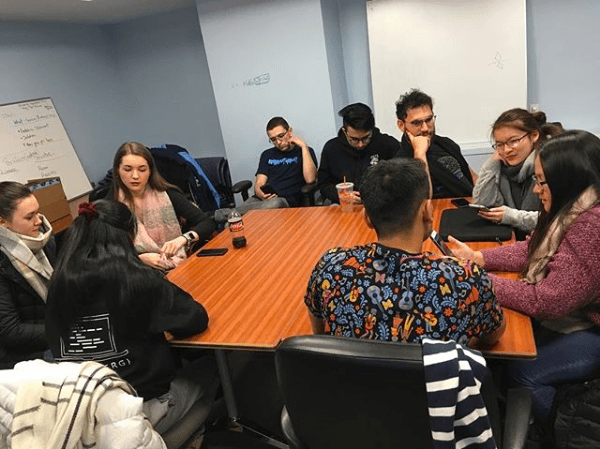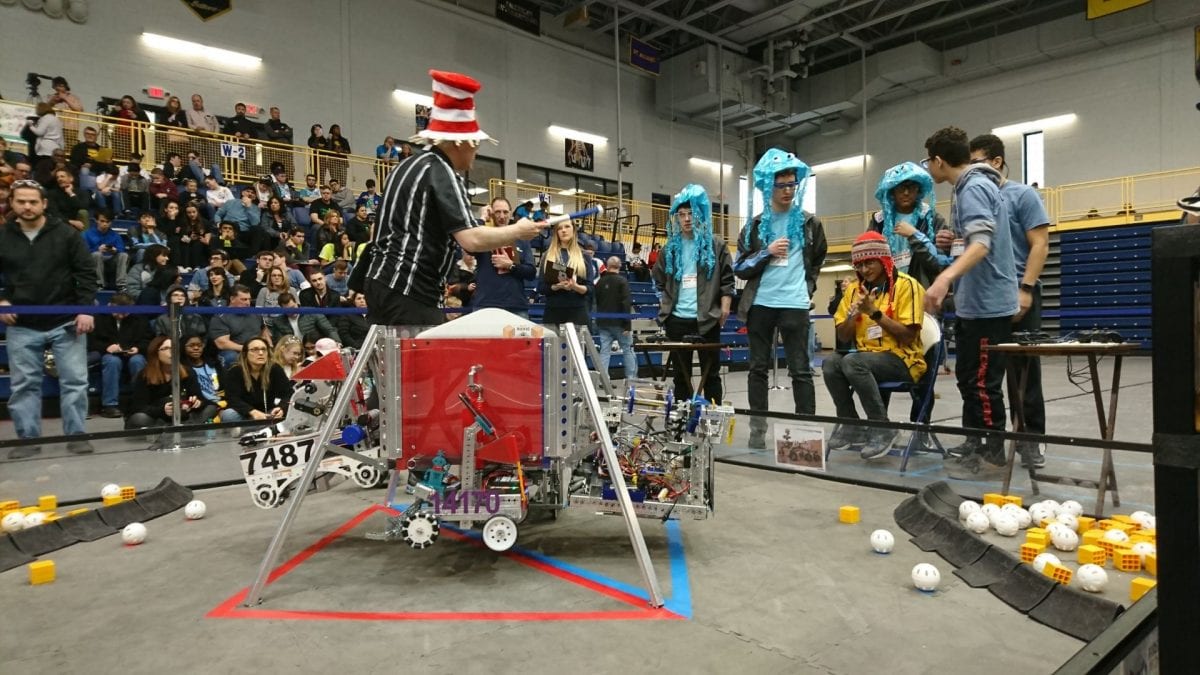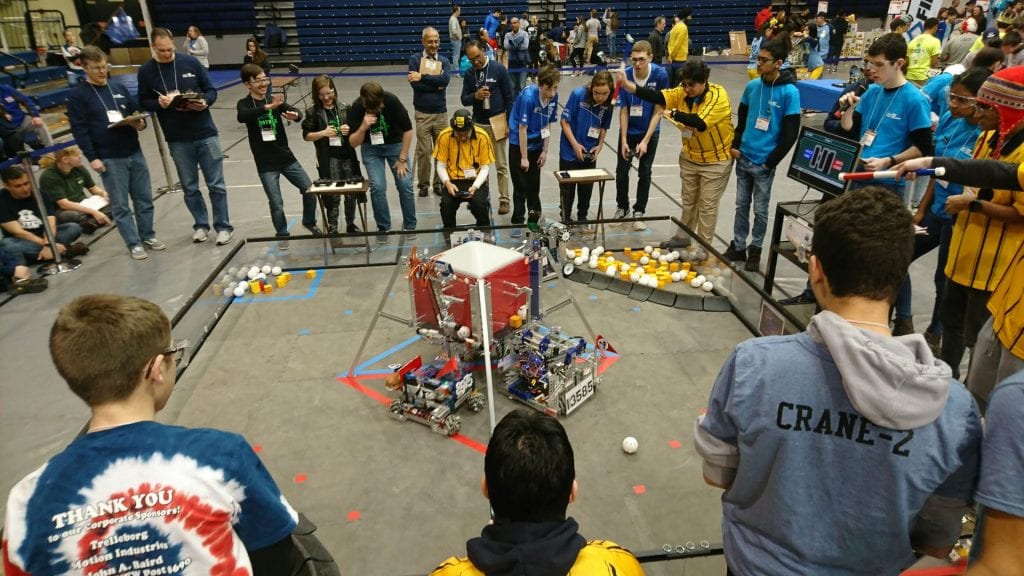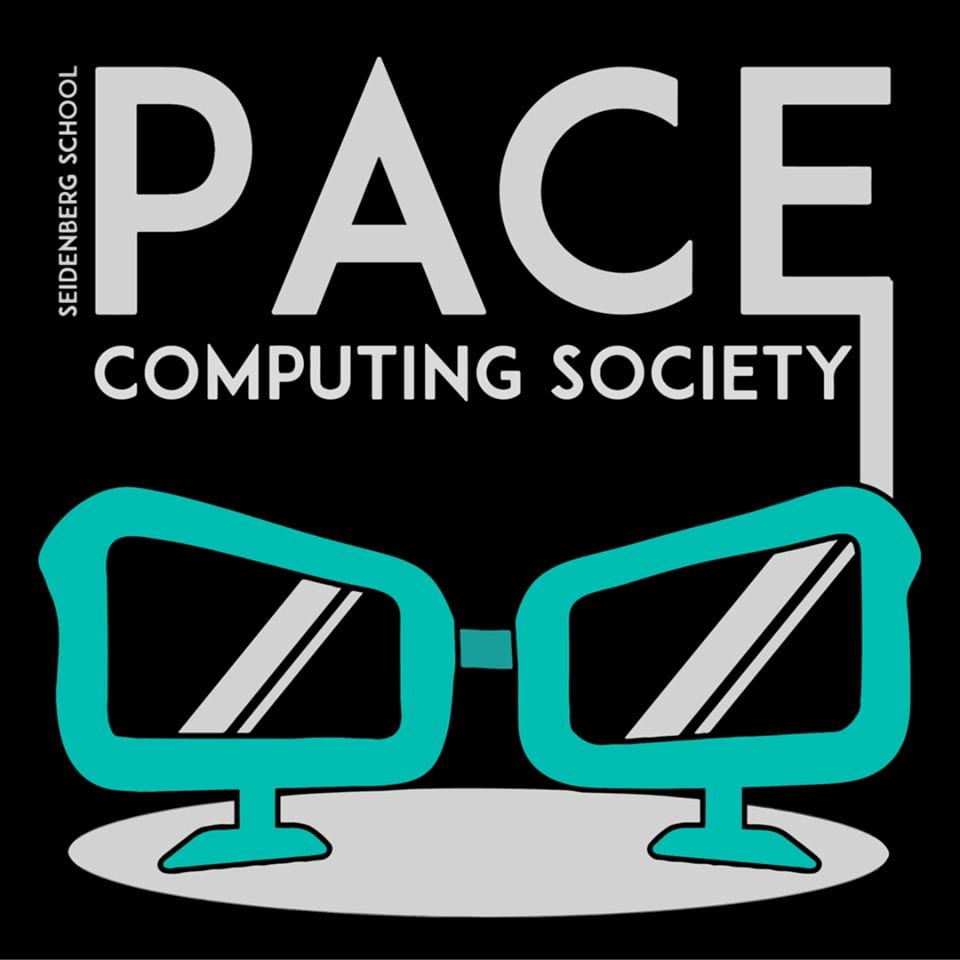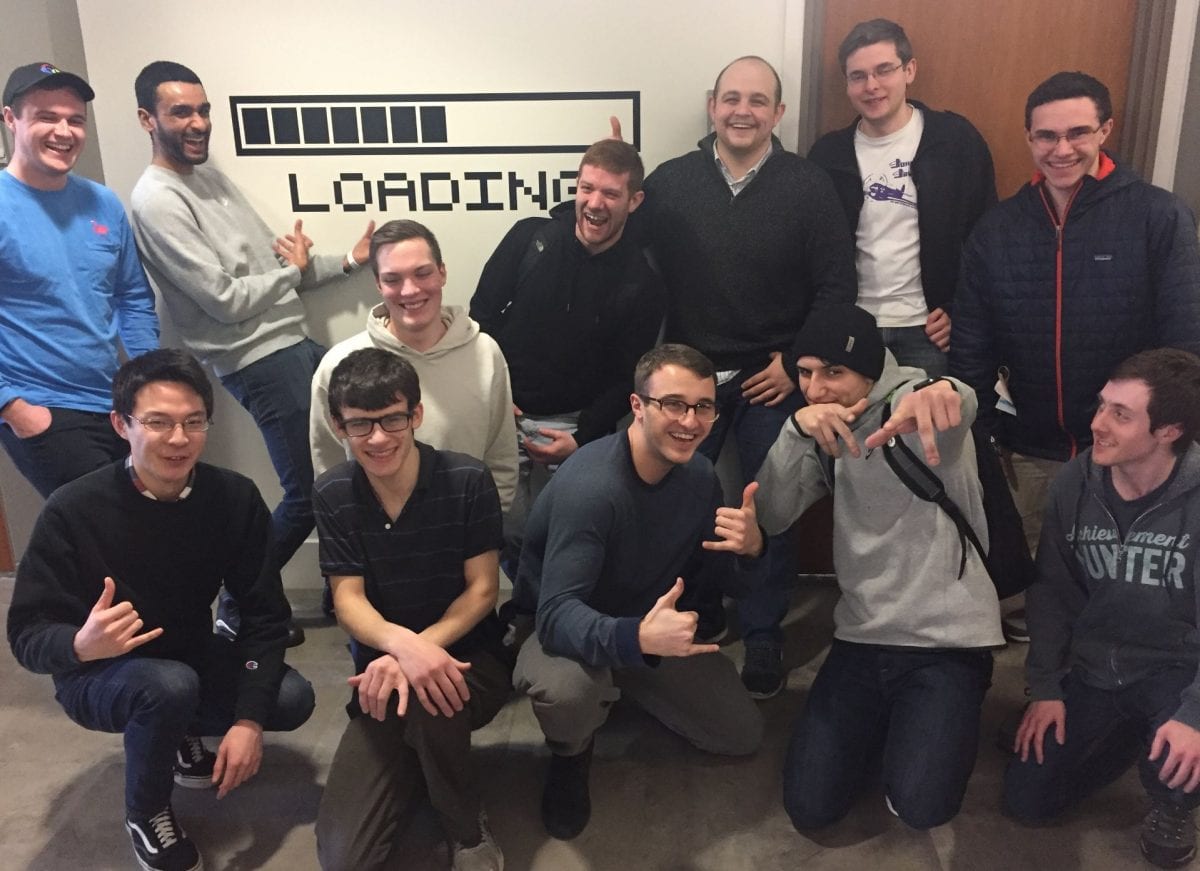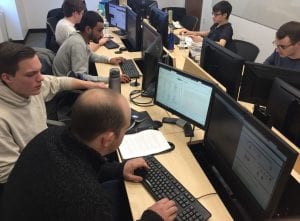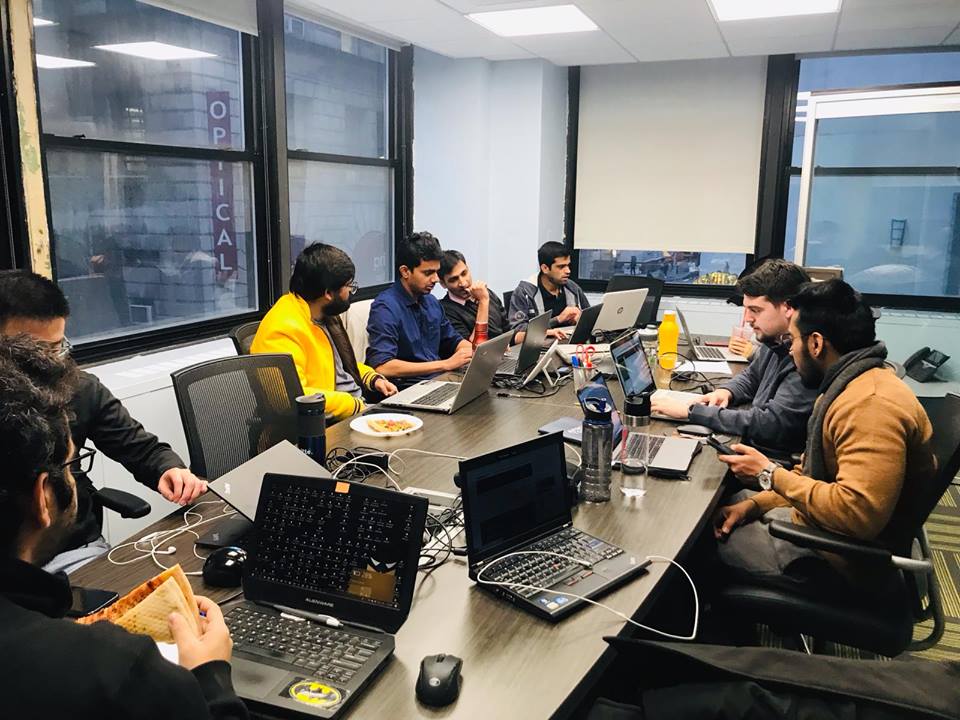As a freshman, it’s nerve-wracking to explore the Seidenberg community, but there’s a way to help with those nerves. As an upperclassman, you have the opportunity to assist with a freshman student’s transition into the community through the NYC Peer Mentor Program! One of the best ways to get integrated into the Seidenberg community is through the Peer Mentor Program and upperclassmen have the opportunity to help out with that integration. The peer-to-peer communication between mentee and mentor creates a starting foundation for all students who join.
The program, run by Seidenberg advisors Matt Brown and Stephanie Elson, is a newer program at the Seidenberg School. They started it as a way to use the leadership skills of upperclassmen to lead incoming students to success.
Will McNeese, a senior Information Technology major, is one of these peer mentors! He joined the program to help others. Will took the time to talk about who the program is for as well as what being a mentor is all about.
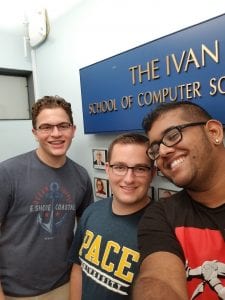 “[The] program is a resource for new students who might need extra guidance in their transition to college,” he explains. “[The program] is also great for second years or higher who like helping people and want to help incoming freshmen with that first-semester anxiety.”
“[The] program is a resource for new students who might need extra guidance in their transition to college,” he explains. “[The program] is also great for second years or higher who like helping people and want to help incoming freshmen with that first-semester anxiety.”
Over the course of the first semester, the freshman mentee and the upperclassman mentor pairs meet and compete in challenges. They also take the time to get to know one another and learn to check in with each other throughout the semester.
Will has gained a great deal from the program, but he explains that the joy of helping others and using his time to make someone else’s life easier are the best parts of being a mentor.
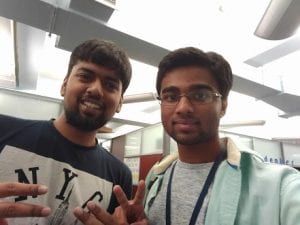
“I’m sure there are lots of students who [are] terrified of being in college and [have] a ton of questions and concerns without any clear place to ask them,” Will explains. “This program is a way for those same students to help make sure somebody else doesn’t go through that [anxiety] (or at least not as badly).”
As for why others should join the program, he notes that prizes can be won by those who complete challenges in the first semester. The prizes Will and his mentee won included a fifty-dollar gift card for Amazon last semester. All members of the program also receive a free t-shirt! According to Will, though, the best part isn’t about the prizes—it’s the networking.
“You…get to meet and connect with a lot of students, and there [are] a lot of industries—especially [within] the tech world—that are based on connections,” he explains.
All in all, the Peer Mentor program is perfect for all NYC Seidenberg students who wish to engage in the Seidenberg community and help others. If you would like to learn more about the program, stop by the information session on April 3rd at 12:15pm during common hour in the Seidenberg Lounge!
Follow us on social media for updates!


